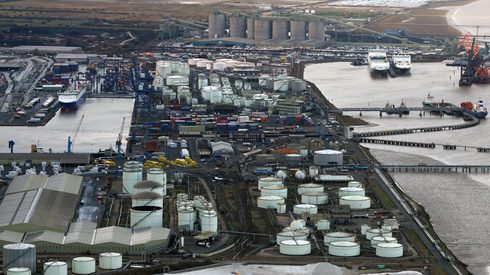They have responded in recent months by increasing their output, which has now pushed above pre-pandemic levels and will eventually restore balance to the market.
For now, though, supply gaps are still being filled and buyers find themselves competing against each other, bidding up prices in the process. Trade protectionism and high freight costs do not help matters, with consumers largely stuck buying material from local sources if available.
There is a limit to the euphoria, of course. Gaps in supply will eventually be filled, logistics issues ironed out and prices and margins will move back towards long-term averages, particularly because growth in end-use demand is unlikely to last. This is a lengthy process, however.
As we discuss in our European analysis this month, buyers in the UK market have technically been freer than their EU-based counterparts to source material from a wider range of countries, tariff- and quota-free, since the start of the year. Until now, however, they have continued to source some 80% of their stainless steel from EU suppliers – a proportion similar to when the UK remained in the EU.
The natural geographical position of the UK means that EU suppliers will always play a large role but, with European prices ratcheting up month after month and at a faster pace than those elsewhere, why do UK buyers not turn more of their attention to suppliers from Asia?
Besides the aforementioned logistics issues facing buyers around the world, a key factor may be that Asian prices, while lower than those in Europe, have also jumped over recent months – although not at such a pace.
Often a seasonally strong time of the year, Asia’s steelmakers have been successful in securing higher prices recently. Import pressures have also receded in some markets, with the removal of Chinese export rebates and concerns of supply availability from Indonesian producers while the government looks to contain a growing outbreak of Covid-19 cases in the country.
Indicators from end-use industries should offer pause for thought, however – they fell largely, and unusually, in May, which may portend weakness in the market later this year.




